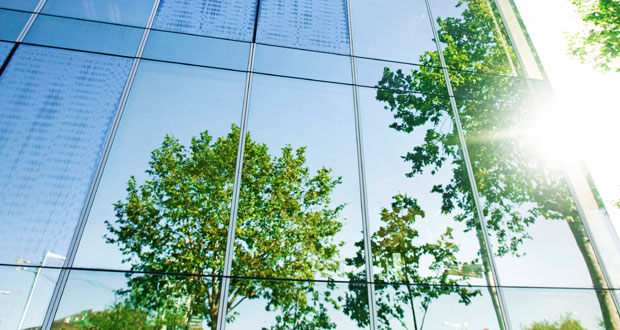The global shift toward people-first places has fuelled a 12-fold increase in WELL since 2020—now shaping roughly $2 trillion in assets.
Global growth and adoption of the International WELL Building Institute’s (IWBI) WELL Building Standard (WELL) has surged to more than six billion square feet (557.4 million square meters) of real estate, in nearly 100,000 locations across 137 countries.
The world’s leading standard for healthy buildings and organisations, WELL is also used by more than 180 companies from the Fortune and Global 500, and helps support the health and wellbeing of an estimated 30 million people.
The rapid and widespread adoption of WELL represents a 12-fold increase since early 2020 and a tremendous financial investment by the real estate industry and other leading sectors to put people at the centre of their workplace strategy, helping drive the healthy building movement. Based on market valuations, this vast global portfolio of spaces using WELL is estimated to represent over $2 trillion in assets managed, a conservative estimate of gross asset value.
IWBI President and CEO Rachel Hodgdon said: “This milestone reflects a new paradigm: prioritising health isn’t a cost, it’s a catalyst. Because of WELL’s relentless focus on people and their wellbeing, WELL projects serve as engines for better health outcomes, stronger financial returns and higher-performing people. That’s why we’re seeing the market embrace WELL like never before. Six billion square feet is not only 13 times more than the office space in Los Angeles, it’s just shy of the total commercial space of the United Kingdom. The current scale of WELL—spanning nearly 100,000 locations, 137 countries and representing roughly $2 trillion in assets—is staggering, and the pace of adoption is equally extraordinary.”
Since the launch of WELL in 2014, thousands of organisations have adopted WELL as an evidence-based roadmap for applying health strategies in their locations, across their organisations and in their communities.
Major companies and brands are engaging with IWBI’s WELL at scale program, extending the benefits of WELL across their entire organisations or real estate portfolios while supporting business performance and reporting.
IWBI COO Prateek Khanna commented:“The numbers are clear: WELL is transforming the state of commercial real estate worldwide and generating economic impacts that touch millions of people’s lives by supporting their physical and mental health and wellbeing in meaningful and measurable ways. By promoting health, comfort and community, by monitoring building performance through air quality, water quality and lighting, and creating spaces that enable people to thrive, WELL is driving global market transformation.”
Companies everywhere are now paying close attention to creating environments that support both physical and mental wellbeing, especially as a way to enhance engagement and attract top talent. By prioritising health and wellbeing, WELL Certified projects show significantly stronger performance across a range of people-centred outcomes, from improved physical and mental health to a series of market-differentiating advantages, like productivity and workplace satisfaction. WELL is the only certification program backed by multiple independent, peer-reviewed studies proving it delivers measurable health benefits and outperforms conventional buildings and green certified buildings alike on the factors that matter most to people, like indoor air quality, thermal comfort, lighting and overall wellbeing and satisfaction.
- A Building and Environment study found that occupants in WELL Certified spaces reported a 28 per cent improvement in overall workplace satisfaction, a 10-point increase in productivity scores and improvements in their health and wellbeing.
- Another study published in Building & Environment in 2023 found organisations that achieved WELL Certification experienced higher-performing workplaces than their non-certified peers. Respondents in WELL offices were, for example, 18 per cent more satisfied with access to sunlight, 11 per cent more satisfied with thermal comfort, and 10 per cent more satisfied with both indoor air quality and air movement.
- Buildings with healthy building certifications also earn rent premiums between 4.4 per cent and 7.7 per cent more per square foot as well as longer lease terms, indicating that buildings that support tenant health and wellbeing generate greater demand and rent premiums.
Hodgson added: “Organisations that excel on matters related to the health, wellbeing and performance of their workforce are poised to see a significantly positive impact on their bottom line. We know that employees who are healthy, engaged, valued and thriving miss work less often, have lower healthcare costs, are less likely to turn over and are more productive.”
IWBI, the global authority for advancing healthy buildings, organisations and communities, delivered the milestone announcement at its second annual Social Sustainability Summit in Amsterdam, which convened leaders from the corporate, real estate, policy and finance sectors to explore how social sustainability is driving corporate strategy and delivering long-term value.
Developed over 10 years and backed by the latest scientific research, WELL outlines key building-level interventions and organisational strategies across 10 categories: Air, Water, Nourishment, Light, Movement, Thermal Comfort, Sound, Materials, Mind and Community.





